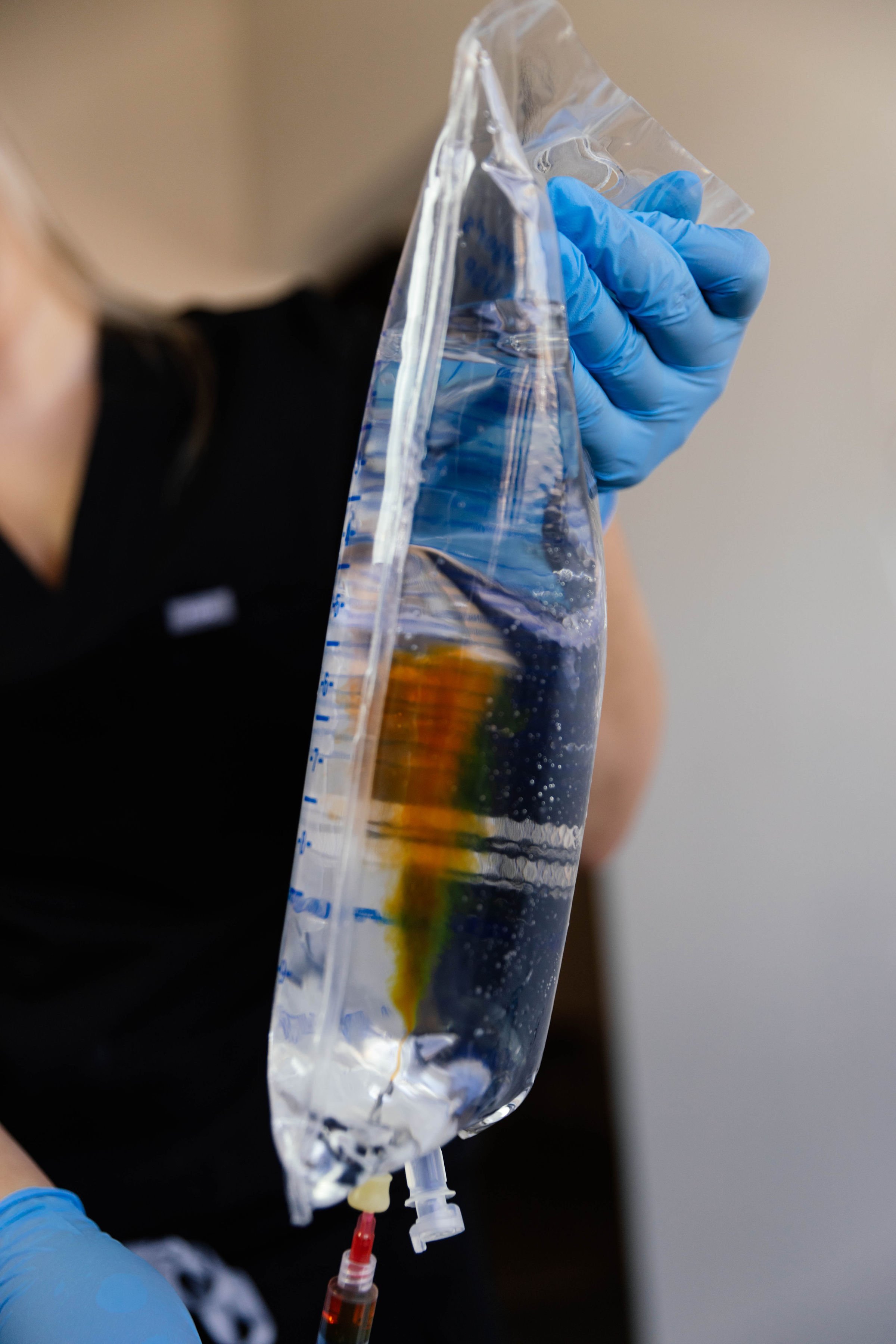Benefits of an IV Iron Infusion
IV Iron Therapy
You can now receive IV Iron Sucrose (Venofer) Therapy with ASAP IVs!
Written by: Taylor J. Graber MD
Medically Reviewed by: Dr. Ilona Juan MD
Updated: August 14th 2022
ASAP IVs is a trusted brand of medical professionals who you can trust to get you the care that you need. We have options for IV Iron Therapy in San Diego, Encinitas, La Jolla, Danville, Pleasanton, Phoenix, and Scottsdale.
Looking for a trusted company where you can receive IV Iron therapy? Do you want this provider to be knowledgeable and skilled, to make it a relaxing and comfortable process while you receive the therapy that you need? ASAP IVs has you covered. We have convenient clinic locations for you in Phoenix, Scottsdale, San Diego, La Jolla, San Francisco, Pleasanton, San Ramon, and more!
Indications for Treatment
It doesn’t matter whether symptoms are present, iron deficiency anemia (as indicated by screening labs obtained by your physician through a CBC or complete blood count, which looks at your white blood cells, red blood cells, and platelets) should be treated. Iron deficiency anemia can result in a decreased oxygen carrying capacity of the blood, leading to fatigue, low energy, lethargy, or end organ ischemia (low blood flow or supply).
Symptoms of Iron Deficiency Anemia
Weakness
Headaches
Fatigue
Decreased Exercise Tolerance or Capacity
Mental Status Changes including Irritability, Short Temperament, Anxiety, or Depression
Restless Leg Syndrome
Pica (compulsion to eat non-food item)
Pagophagia (compulsion to eat ice)
Beeturia (reddish urine after eating beats)
What are the Causes of Iron Deficiency?
There are several different root causes which can result in decreased total body iron stores or iron deficiency. These can be dietary deficiency, impaired gastrointestinal absorption, pregnancy, and acute or chronic blood loss. Rather than simply treating iron deficiency with replacement, a consultation with a medical provider is appropriate to find the root cause.
Dietary Deficiency
In developed or resource-rich countries, dietary iron deficiency is rare due to the availability of iron in many meats and vegetables, as well as the practices of supplementing grains with iron.
Infants and young children can develop dietary iron deficiency if they are exclusively fed with cow’s milk, breast milk, or formula which is not supplemented with iron.
Impaired Gastrointestinal Absorption
Disruptions due to various physiological changes can lead to impaired absorption, such as inflammation or surgical changes. Some examples can include inflammatory bowel disease, gastric bypass surgery, celiac disease, or autoimmune diseases.
Pregnancy
Pregnancy results in increased iron requirements for both the mother and the developing baby, due to the increased maternal red blood cell mass and for fetal and placental development. Iron deficiency is common in pregnancy, especially in those who are borderline iron deficient to begin with.
Acute or Chronic Blood Loss
Blood loss (usually occult blood loss, which happens too slowly to notice) is the most common form of iron deficiency in adults. The most common cause of blood loss is from the endometrium in menstruating women (those who have heavy flow or heavy periods have increased risk of bleeding and iron deficiency), and can occur in 20-66% of women. Other causes of bleeding can be from the gastrointestinal tract (any individual >50 years old who has unexplained iron deficiency anemia should have a workup for colorectal cancer including a colonoscopy), acute blood loss from traumatic injuries, and others.
What is the Role of Diet in Prevention of Iron Deficiency Anemia?
A normal, healthy, balanced diet has sufficient iron to meet human metabolic requirements. While those who are strictly vegetarian or vegan consume diets which are inherently lower in iron content, their diet usually includes grains which have been fortified with iron and this mitigates the risk of deficiency. In individuals with documented iron deficiency, dietary changes alone are usually not sufficient to correct the underlying deficit.
Treatment of Iron Deficiency Anemia
Several trials have shown that iron repletion in patients is beneficial to symptomatic improvement.
Those who are deficient in iron showed that treatment with iron replacement can improve athletic performance, fingernail strength and decreased fragility, and improve sleep profiles, even in runners and higher performance athletes (1-3).
A trial which looked at treating 90 non-anemic, postmenopausal women who had fatigue and documented iron deficiency (serum ferritin <50 ng/mL, hemoglobin >12 g/dL) showed that the group who was treated for iron deficiency with IV Iron replacement (treated with a cumulative dose of 800mg of IV iron for 2 weeks) experienced improved results compared to placebo when assessed 6 weeks after the treatments. The treatment group (those that received the IV iron treatment) showed improvements in parameters for fatigue (these improvements were more pronounced if the starting ferritin was lower than <15ng/mL showing they had decreased total body iron stores). These benefits persisted for 12 weeks after treatment. On examination of labs after treatment, the group who was treated with IV iron had an expectedly increased ferritin of ~100ng/mL (4).
Adults have a higher incidence (up to 70%) of intolerance to oral supplementation with elemental iron (side effects including GI upset or constipation) and reduced absorption of oral iron, and a low threshold to convert to IV iron treatment is supported. Oral iron should be administered once daily (every other day dosing may be therapeutically equivalent and supported with fewer side effects). Dosing protocols include ranges of 15-150mg of elemental iron daily (or every other day), and lower dosed protocols result in decreased frequencies of side-effects, with two months of treatment showing improvements in hemoglobin and ferritin concentrations (5).
Available preparations of Oral Iron for Iron Deficiency Treatment
Ferric Maltol: 30 mg tablet contains 30 mg elemental iron
Ferrous fumarate – 324 or 325 mg tablet (contains 106 mg elemental iron per tablet)
Ferrous gluconate in several formulations
240 mg tablet (contains 27 mg elemental iron per tablet)
324 mg tablet (contains 38 mg elemental iron per tablet)
325 mg tablet (contains 36 mg elemental iron per tablet)
Ferrous sulfate in several formulations
325 mg tablet (contains 65 mg elemental iron per tablet)
220 mg/5 mL oral elixir (contains 44 mg elemental iron per 5 mL)
75 mg/mL oral solution (contains 15 mg elemental iron per mL)
Polysaccharide-iron complex, available as various over the counter tablets
NovaFerrum - 50 contains 50 mg elemental iron per tablet)
15 mg/mL oral solution (contains 15 mg elemental iron per mL)
IV Iron Therapy for Iron Deficiency Treatment
Conversion to IV Iron therapy has been documented to be safe and appropriate for a wide range of patients, especially: those who have inflammatory bowel disease, history of gastric bypass or intestinal resection or intestinal malabsorption, those who have intolerable GI side effects from oral iron, patients whose rate of blood loss is greater than the supply of iron provided by oral therapy, those who have surgery within 2 weeks and correction is needed more promptly, those who are in the second or third trimester of pregnancy with hemoglobin levels less than 10.5g, and more.
Which Form of IV Iron Should I Receive?
At ASAP IVs, we have chosen to use IV Iron Sucrose (Venofer) as our medication of choice for our IV iron infusions. This has been safe and very well-tolerated. These are frequently given as an IV push (the Iron formulation is diluted into a 20 or 60mL syringe and given as a slow IV push) or through dilution into a 250mL, 500mL, or 1000mL of IV fluid. Most routinely, our standard formulation is to dilute 100 or 200mg of IV Iron Sucrose into a 1000mL bag of IV fluid and administer the treatment over 15-30 minutes. Single doses more than 300mg are not advised in a single treatment. It can only be given as an intravenous infusion and not as an intramuscular injection.
How Much IV Iron Do I Need for Treatment?
For most of our clients, the math breaks down to needing 3-5 treatments of 200mg IV Iron (600-1000mg of total IV Iron dosing). This is provided by several total dosing calculations, such as the following from UpToDate:
Need an IV Iron Infusion in Phoenix/Scottsdale, San Diego, La Jolla, Encinitas, San Francisco, Pleasanton, or San Ramon? ASAP IVs can help by offering individualized care to get you the help you need, ASAP!
What are the Risks of IV Iron Infusions
IV Iron is very safe, but it does have the potential to cause allergic and non-allergic adverse reactions. For this reason, it should only be given under the care and supervision of a professional medical team (like ASAP IVs!). The occurrence of adverse reactions is <1%, and includes urticaria (hives or skin reactions), palpitations, dizziness, muscle spasms, flushing of the skin of the face and neck. The risk of severe allergic reaction is possible, but <0.1%.
When will I feel the benefits of IV Iron treatment?
Most commonly, the client will note an improved sense of well-being within the first few days of treatment. This can be a reduction of levels of fatigue and increased activity tolerance. If the client has restless leg syndrome (RLS) in addition to iron deficiency, these symptoms of RLS will nearly completely subside in 24-72 hours.
When should I repeat lab studies after treatment to see results?
For clients who receive treatment and oral or IV iron supplementation, labs should be repeated 4 weeks after treatment. IV Iron itself can interfere with the study results, and 4 weeks after the last treatment is ideal to ensure the validity of the study results. Hemoglobin levels will typically increase by 2g/dL 2-3 weeks after the IV treatments.
How do I schedule an appointment for an IV Iron Infusion?
Easy! All you have to do is schedule directly through our website here. Our IV therapy solutions for Iron IVs are conveniently offered in Arizona (in our Scottsdale clinic) and in California (in San Diego at our La Jolla clinic, and San Francisco at our Pleasanton clinic).
Have any questions or need specific direction? Feel free to send us an email and we will be happy to help!
If you are looking for IV Iron Infusion near you, we have a convenient option.
For San Diego and La Jolla, California, you can come to our clinic at 7710 Fay Avenue, La Jolla, CA 92037.
For Phoenix and Scottsdale, Arizona, you can come to our clinic at 6747 E Thomas Rd #104, Scottsdale, AZ 85251.
For San Francisco and Pleasanton, California you can come to our clinic at 560 Main Street, Pleasanton, CA 94566
Sources


